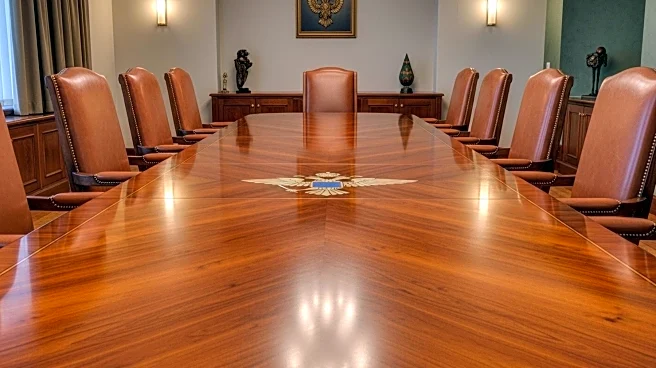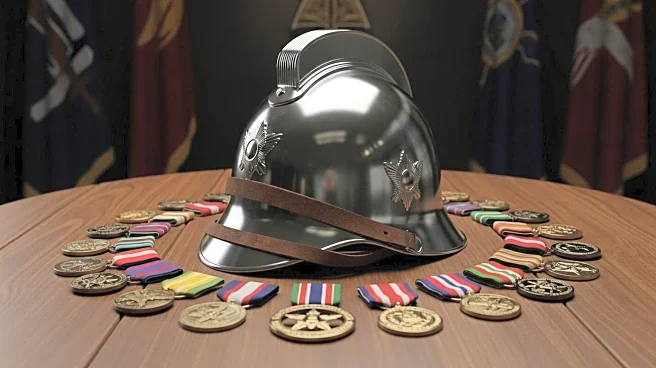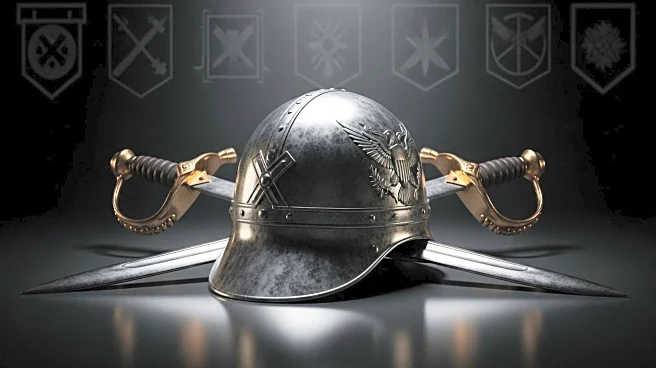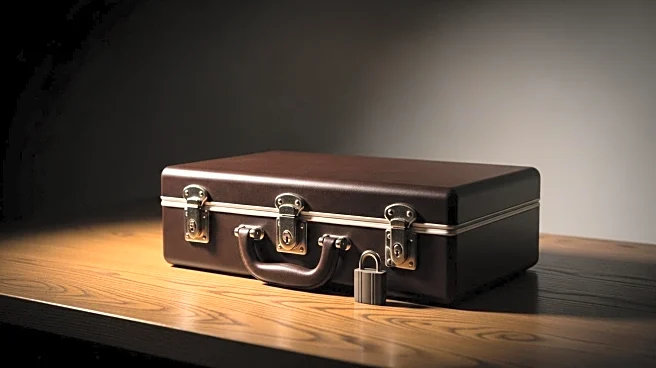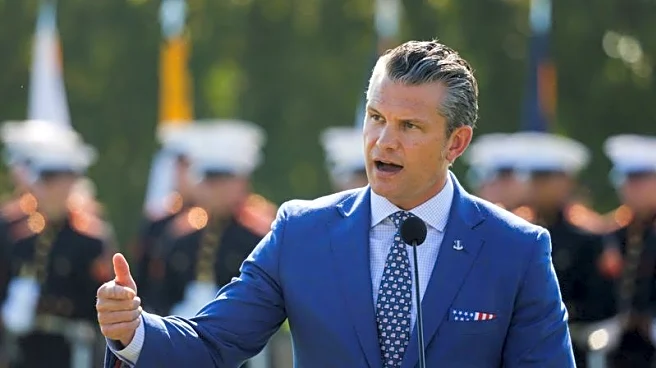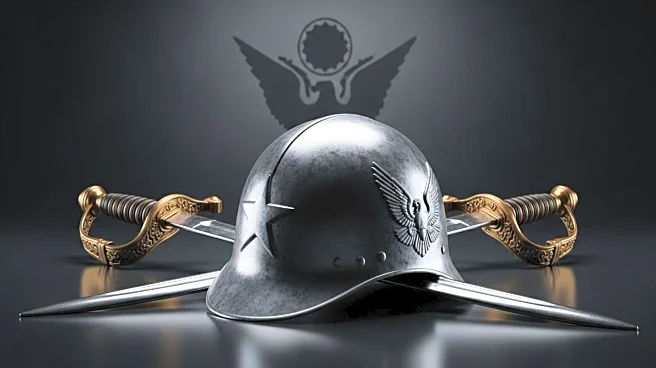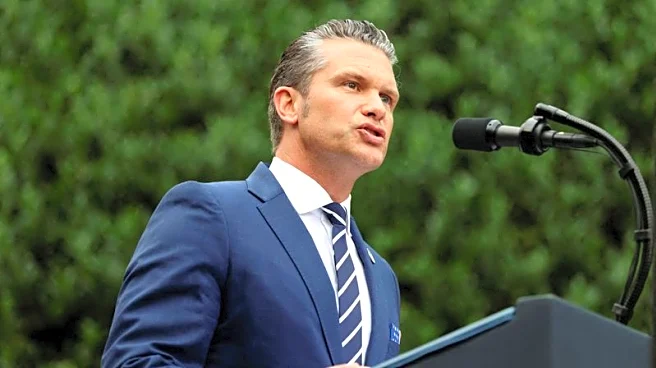What's Happening?
Defense Secretary Pete Hegseth is facing criticism for organizing a meeting that requires military officials above the rank of one-star general to travel to Virginia, even if stationed abroad. The meeting, scheduled for Tuesday, is intended to focus on military standards and culture, with Hegseth planning to deliver a short speech on the 'warrior ethos.' Critics have labeled the event as unnecessary, suggesting it could have been communicated via email. The meeting is perceived as a show of military force, coinciding with recent tensions following China's military parade. Social media users have mocked the event, with some drawing comparisons to historical figures and reality TV personalities. The White House maintains that the meeting is a strategic display of military strength.
Why It's Important?
The decision to convene top military officials for a meeting has sparked debate over the use of resources and the prioritization of optics over substance. Critics argue that such gatherings may compromise operational efficiency and security, as key military leaders are required to be in one location. The event highlights ongoing concerns about the Pentagon's decision-making under Hegseth's leadership, with implications for military strategy and public perception. The criticism reflects broader tensions within U.S. military and political circles, as stakeholders question the balance between public relations and effective governance.
What's Next?
The meeting's outcome and its reception by military officials may influence future Pentagon strategies and Hegseth's standing within the administration. Potential reactions from political leaders and military personnel could shape subsequent decisions regarding military communications and public engagements. The event may prompt discussions on the efficiency of military operations and the role of public displays in national security strategy.
Beyond the Headlines
The gathering raises questions about the ethical considerations of using military personnel for public relations purposes. It also underscores the cultural dynamics within the military, as leaders navigate the expectations of both internal and external audiences. The event may contribute to long-term shifts in how military leadership is perceived and the role of media in shaping public understanding of defense policies.

